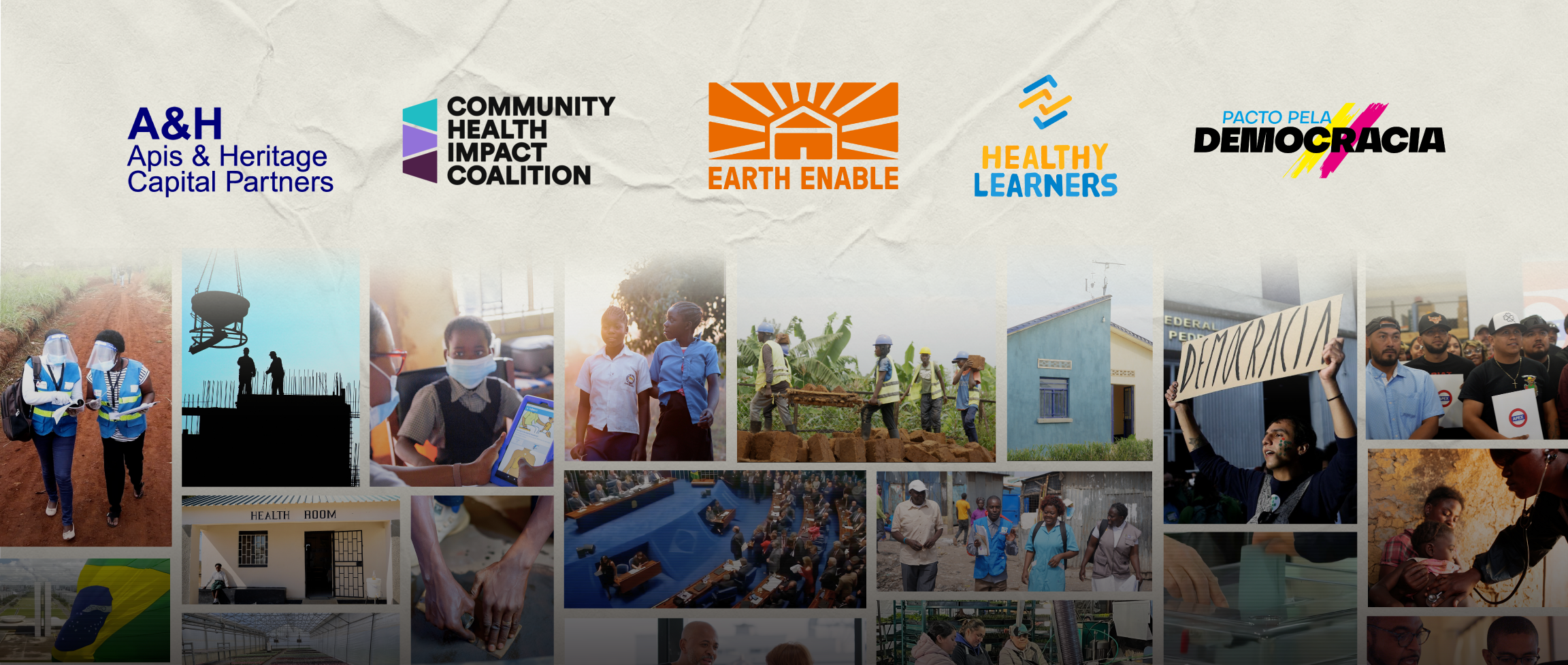Scaling Pathways: Leveraging Government Partnerships for Scaled Impact
The question for many social entrepreneurs is not whether to work with government, but how. Partnering with government offers enormous potential to scale a product or service across regions or even nationwide. As Roger Martin and Sally Osberg write in Getting Beyond Better, “Business innovation produces some kinds of transformation well, and government policy innovation does others. Each has limits. But many imperatives sit in the space between the two modes.”
It is in this space that social enterprises and governments can leverage each other to accelerate target outcomes and impact, and the number and types of people who can become a part of an improved status quo. National, regional, and local governments are critical for almost any ecosystem. They can offer networks or infrastructure that reach citizens at economies of scale. While social enterprises can provide innovative ideas, de-risk a new approach, expand capacity for implementation, and provide training and consulting expertise.
“Governments are balancing multiple priorities and demands, with limited budgets. They want to invest in high impact changes, but they also want to be sure of the impact and the implications before they start changing their systems to incorporate a new approach. One of the things that we as social enterprises can do is to help to answer some of those questions for them, to minimize their risk in adopting the ultimate solution. We can show them the demand, what it takes to generate that demand, and the costs.”
– Emily Bancroft, President, VillageReach
For many social entrepreneurs, government partnership is a critical pathway to scale. They have navigated the associated opportunities and constraints and collected valuable lessons for other practitioners in the field, even those for whom government partnership is a small part of what they do.
The latest contribution from the Scaling Pathways series—a collaboration between the Innovation Investment Alliance and CASE at Duke University—distills such insights and advice from some of the world’s leading social entrepreneurs. While the leaders of the social enterprises interviewed were adamant that “there is no checklist” for engaging in government partnerships, we saw patterns of behaviors that they have refined over time to set them up for success.
It may sound obvious, but these patterns are linked to the target role the government will play in scaling the impact and to the specific way the social enterprises choose to support their government partner to successfully step into and carry out their role. Is the ideal state one in which the government will directly manage and implement the innovation, or is it granting an official and unofficial license for the social enterprise to operate? This will inform whether the social enterprise ought to focus more on their own implementation, training, or advising enabling environment improvements.
For all these roles, we identified several strategies for successful government engagement. As a social enterprise, should you build your innovation first, or in collaboration with government? What considerations should you take to ensure you have the right internal capacity and systems in place for each stage of your partnership journey? How do you find your champions and establish the necessary evidence base to motivate partner engagement and then maintain quality of impact over time?
The Leveraging Government Partnerships for Scaled Impact theme study provides concrete examples and tips from social entrepreneurs who have grappled with these questions and as a result are scaling their impact in ways they could not have achieved alone.
This piece in the Scaling Pathways series is yet another chapter in an ongoing story. The ambitious experimentation that undergirds the global field of social entrepreneurship will continue to generate best practices. As a Scaling Pathways partner, we look forward to sharing what social enterprises learn, so those lessons can be applied, tested, and refined.
The Scaling Pathways Series explores the strategies that leading social enterprises have taken to scale their social impact. The series includes Pivoting to Impact, highlighting critical lessons learned across geographies and sectors for enterprises and funders trying to unlock impact at scale; in-depth Case Studies, chronicling individual social enterprises’ scaling journeys; and Theme Studies, distilling insights and advice from a sample of social enterprises related to five key challenges – financing for scale, government partnerships, pathways to scale, data, and talent. Find the full series at www.scalingpathways.com.
The Innovation Investment Alliance (IIA) is a funding and learning partnership between the Skoll Foundation and USAID’s Global Development Lab, with support from Mercy Corps, that has invested nearly $50 million in eight proven, transformative social enterprises to scale their impact. In 2017, with all its funding committed, the IIA is focusing on drawing out lessons on scaling that are applicable to the social enterprise community with the aim to inform the ongoing conversation on how to create systems-level change and sustainable impact at scale.



